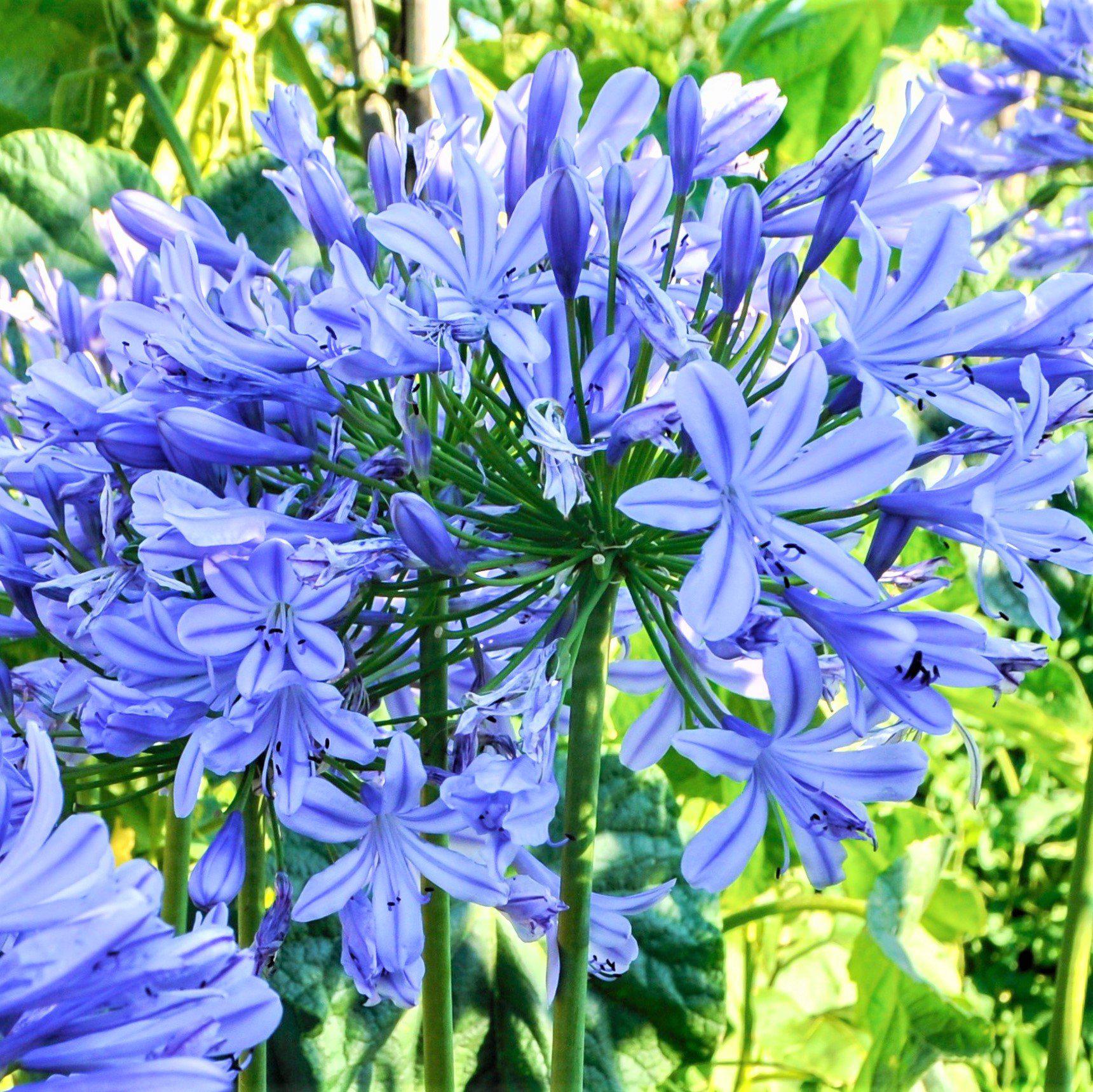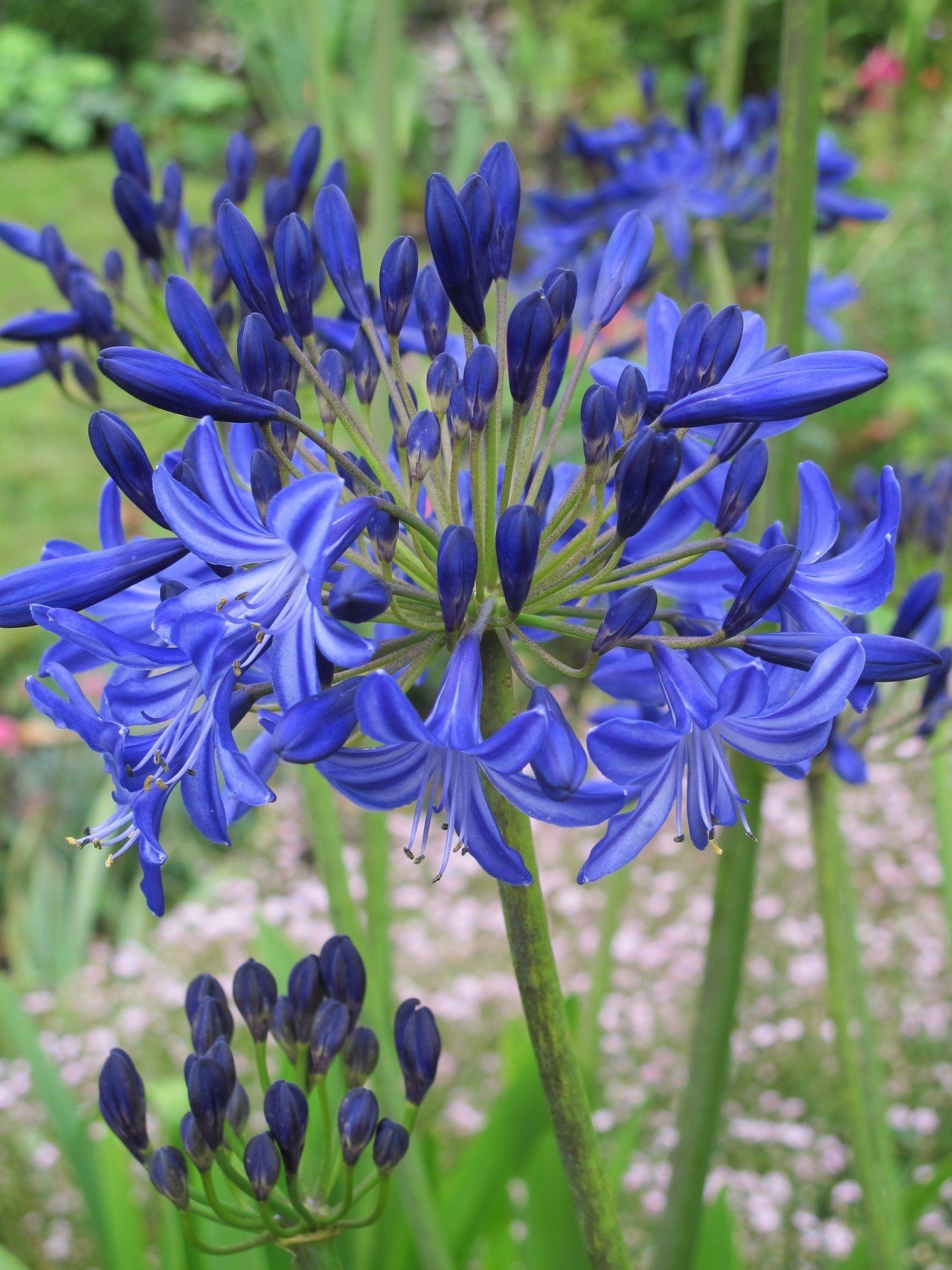Agapanthus Propagation: Tips for Expanding Your Plant Collection
Agapanthus Propagation: Tips for Expanding Your Plant Collection
Blog Article
Understanding the Art of Agapanthus Care: Vital Steps for Healthy And Balanced Growth and Dynamic Blooms
In the world of gardening, the farming of agapanthus stands as a satisfying venture for those who look for to nurture these classy flowering plants. With their striking blooms and stylish foliage, agapanthus has actually caught the interest of garden enthusiasts worldwide. Nevertheless, achieving optimal development and vivid blossoms requires a nuanced method that includes numerous essential steps. From choosing the ideal selection to mastering trimming techniques, the trip towards growing thriving agapanthus plants is diverse and holds the vital to unlocking the full potential of these agricultural treasures.

Picking the Right Agapanthus Range

When choosing the right Agapanthus variety for your yard, take into consideration factors such as climate viability, blossom shade, and growth habit. Furthermore, consider the environment in your region to make certain the Agapanthus variety you select can flourish in your details conditions. Recognizing the growth practice of different Agapanthus ranges is important for proper positioning within your garden.
Ideal Growing Conditions
Taking into consideration the optimal environmental demands is important for effective Agapanthus growing. Agapanthus prospers in well-draining dirt with a slightly acidic to neutral pH level. When planting, choose a place that gets full sunlight to partial shade. In hotter climates, offering some afternoon shade can protect against scorching of the leaves. Agapanthus plants are delicate to cold temperature levels and should be secured from frost during winter months.
To guarantee healthy growth and dynamic blooms, plant Agapanthus bulbs at a depth of about 2-4 inches and room them 8-12 inches apart. Including raw material, such as garden compost, to the soil can enhance drain and fertility, advertising robust root advancement. Mulching around the base of the plants aids retain dampness and subdues weed growth. Routine watering is essential, specifically throughout the growing period, to maintain the soil constantly wet however not soaked.
Watering and Fertilizing Tips
Keeping correct dampness levels and giving necessary nutrients are essential aspects in the treatment regimen for Agapanthus plants. When it comes to sprinkling Agapanthus, it is crucial to strike a balance. These plants choose continually damp soil yet are vulnerable to root rot if overwatered.
Feeding Agapanthus is necessary for promoting healthy growth and respected blossoms. Apply a balanced fertilizer, such as a 10-10-10 formula, in the early spring as new growth emerges. By complying with these watering and feeding ideas, you can guarantee your Agapanthus plants grow and generate dynamic, resilient blooms.
Trimming Methods for Agapanthus
Pruning Agapanthus plants at the appropriate times and with appropriate strategies is crucial for preserving their wellness and advertising ideal development and flowering. The suitable time to trim Agapanthus is in late winter or early spring prior to brand-new growth emerges. Start by getting rid of any yellowing or dead fallen leaves near the base of the plant. Cut them as short as feasible without Read More Here damaging the emerging shoots.
For flowered stems, wait till the flowers have actually perished and after that cut view them back to the base. This not just cleans up the plant's appearance however likewise encourages the development of new blossom buds. Deadheading invested blossoms can likewise redirect the plant's energy right into generating even more blossoms as opposed to setting seeds. However, if you want to collect seeds for propagation, leave some blossoms to fully grown and completely dry on the plant.
Keep in mind to utilize clean, sharp devices to make exact cuts and lower the risk of presenting illness. Agapanthus. Regular trimming will certainly help maintain your Agapanthus looking neat and healthy and balanced while ensuring a plentiful display of beautiful flowers
Managing Usual Parasites and Diseases
After ensuring appropriate trimming methods for Agapanthus, it is essential to deal with typical bugs and diseases that can affect the wellness and vitality of these plants. One typical parasite that affects Agapanthus is the Agapanthus gall midge.
One more usual concern is fungal fallen leave area, which provides as dark sores on the fallen leaves. To stop fungal illness, make certain excellent air circulation around the plants, avoid above watering, and eliminate any kind of infected leaves immediately. In addition, Agapanthus plants can endure from root rot if they are planted in improperly draining pipes dirt. To avoid this, plant Agapanthus in well-draining dirt and prevent overwatering. By being cautious and taking prompt activity versus illness and bugs, you can assist your Agapanthus plants flourish and create dynamic blossoms.

Conclusion
In verdict, grasping the art of agapanthus care includes selecting the best variety, giving suitable growing conditions, appropriate watering and feeding, suitable pruning strategies, and resolving common visite site parasites and conditions. By following these necessary actions, you can ensure healthy and balanced development and dynamic blooms for your agapanthus plants. Bear in mind to on a regular basis keep track of and keep your plants to promote their total well-being and long life.
To guarantee healthy development and dynamic blooms, plant Agapanthus bulbs at a deepness of about 2-4 inches and room them 8-12 inches apart. By complying with these watering and feeding suggestions, you can guarantee your Agapanthus plants thrive and generate dynamic, durable flowers.
One typical parasite that affects Agapanthus is the Agapanthus gall midget. Furthermore, Agapanthus plants can endure from origin rot if they are grown in inadequately draining dirt. By adhering to these crucial steps, you can ensure healthy and balanced growth and vibrant blossoms for your agapanthus plants.
Report this page